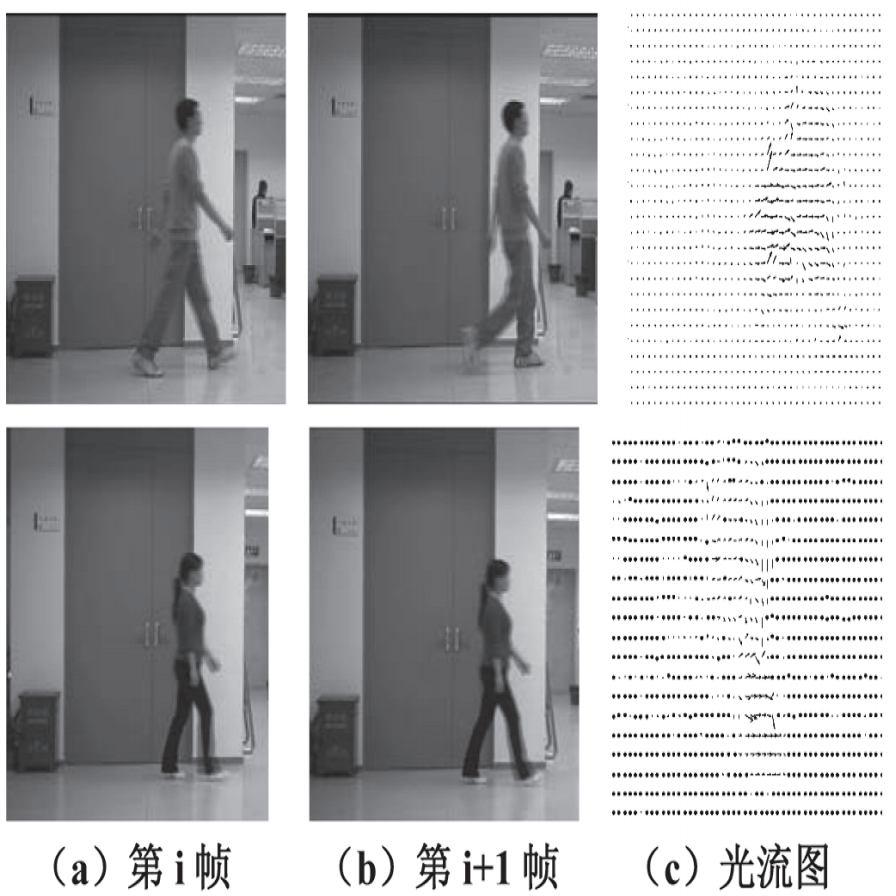As the complexity of machine learning (ML) models increases and their application in different (and critical) domains grows, there is a strong demand for more interpretable and trustworthy ML. A direct, model-agnostic, way to interpret such models is to train surrogate models-such as rule sets and decision trees-that sufficiently approximate the original ones while being simpler and easier-to-explain. Yet, rule sets can become very lengthy, with many if-else statements, and decision tree depth grows rapidly when accurately emulating complex ML models. In such cases, both approaches can fail to meet their core goal-providing users with model interpretability. To tackle this, we propose DeforestVis, a visual analytics tool that offers summarization of the behaviour of complex ML models by providing surrogate decision stumps (one-level decision trees) generated with the Adaptive Boosting (AdaBoost) technique. DeforestVis helps users to explore the complexity versus fidelity trade-off by incrementally generating more stumps, creating attribute-based explanations with weighted stumps to justify decision making, and analysing the impact of rule overriding on training instance allocation between one or more stumps. An independent test set allows users to monitor the effectiveness of manual rule changes and form hypotheses based on case-by-case analyses. We show the applicability and usefulness of DeforestVis with two use cases and expert interviews with data analysts and model developers.
翻译:暂无翻译




